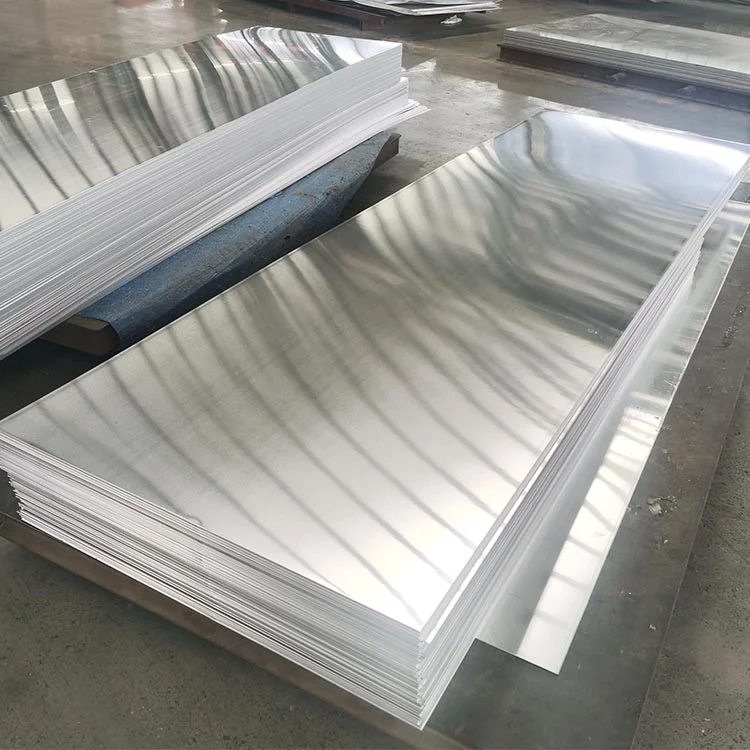In the realm of aluminum plates, 5052 and 6061 are two commonly encountered alloys, each possessing unique characteristics and applications. Here are the primary differences between them.
Chemical Composition
5052 Aluminum Plate: The main alloying elements are aluminum and magnesium, with small amounts of other elements such as chromium and manganese.
6061 Aluminum Plate: Alloying elements include aluminum, magnesium, and silicon, with higher proportions of copper and zinc.

Mechanical Properties
5052 Aluminum Plate: Exhibits good formability and weldability, with moderate strength and excellent corrosion resistance. It finds applications in industries such as marine, automotive components, and building materials.
6061 Aluminum Plate: Offers higher mechanical properties, with superior strength and hardness, coupled with good machinability. It is widely used in aerospace structures, automotive parts, and machinery requiring high strength.
Application Areas
5052 Aluminum Plate: Primarily used in applications requiring good formability and corrosion resistance, such as ship components, automotive panels, and architectural cladding.
6061 Aluminum Plate: Suited for applications demanding high strength and hardness, such as aerospace structures, automotive bodies, and bicycle frames.

Machinability
5052 Aluminum Plate: Easily cold worked and hot worked, exhibiting good formability and weldability.
6061 Aluminum Plate: While it can also be machined, it is more suited for hot working processes like forging and deep drawing compared to 5052 aluminum.
Price and Availability
Generally, 5052 aluminum plates are more costeffective and readily available due to lower production costs. On the other hand, 6061 aluminum plates are priced higher because of their superior mechanical properties and processing requirements.
In summary, 5052 and 6061 aluminum plates exhibit significant differences in chemical composition, mechanical properties, application areas, and machinability. Selecting the appropriate aluminum plate alloy based on specific needs and application scenarios is crucial.


